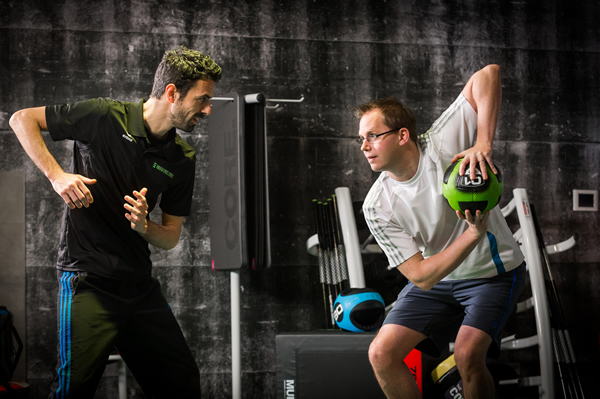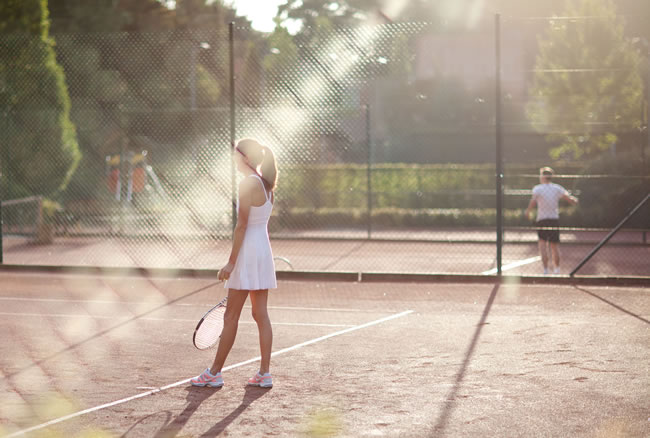Personal Trainer Davide Fiori offers essential physical training tips on how to go about conditioning yourself the right way.
All tennis players want to play well and enjoy their game. That’s why it’s important to understand that physical conditioning can either help or hinder.
Of course, good players need good tennis skills and technique and tactical awareness, but the best players also move well on court. If you can’t get to the ball in time, you won’t hit your best shots or return opponents’ shots effectively.
The temptation is to start conditioning with sports-specific exercises, such as speed and agility drills. However, players first need a solid base of conditioning and strength to enable them to stabilize joints, maintain technique and avoid injury.
It’s vital to understand that tennis shots are initiated by the abdominal muscles some 30 milliseconds before the arms or legs ever move. By activating the abdominal muscles, followed by the leg and arm muscles, the spine and pelvis are functionally stabilized to allow a powerful swing of the racket without traumatising the spinal structures. If the core musculature is weak or ineffective, the player will inevitably overuse the arms to compensate, causing micro-trauma to the muscles and tendons, lack of consistency and more errors. And more errors mean more defeats.
 A Functional Training programme should be the first priority, focusing on controlling the body in the three planes of motion and based on a good stability and core workout. The first goal is to build up the fundamental movement patterns without restricting the body on fixed resistance machines which isolate muscle function. Studies have shown that performing leg-presses and knee extensions does not improve the ability to squat (a functional tennis movement required for serving and overheads).
A Functional Training programme should be the first priority, focusing on controlling the body in the three planes of motion and based on a good stability and core workout. The first goal is to build up the fundamental movement patterns without restricting the body on fixed resistance machines which isolate muscle function. Studies have shown that performing leg-presses and knee extensions does not improve the ability to squat (a functional tennis movement required for serving and overheads).
Specific Functional Training for tennis should be based on a precise progression to achieve optimal performance safely and effectively: flexibility, stability, strength and power.
Flexibility
Flexibility allows the player to develop and maintain the body’s optimal range of motion, facilitating freedom of movement.
Stability
Postural stability reduces sway, increasing the chances of consistently good shots.
Strength and power
Strength prevents performance-impeding fatigue and is a key component of power, which dictates the speed of serves and groundstrokes and, along with agility, determines how quickly the player can move around the court.
Another essential aspect of physical conditioning is a thorough warm-up. It’s often ignored in our haste to get on court quickly, but a tennis-specific warm-up will lubricate joints, warm muscles and connective tissues, activate the nervous system and sharpen the senses using movements which replicate those used during play. Multi-directional lunges, squats, torso twists and arm swings can be performed first as a functional dynamic stretch. On court, a combination of movements forward and backward and side-to-side should progress slowly to competition intensity and speed.
Davide Fiori is a Personal Trainer at Aspria Brussels Royal La Rasante







